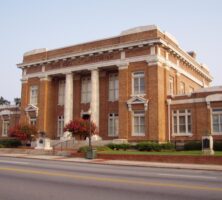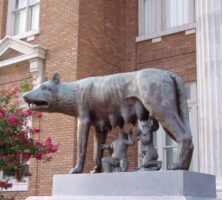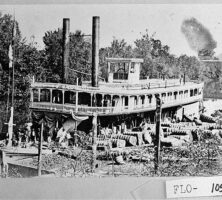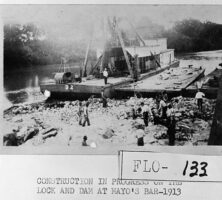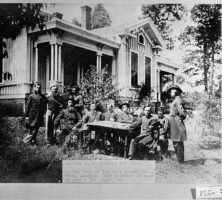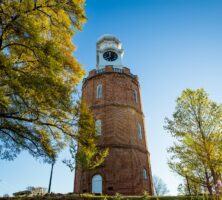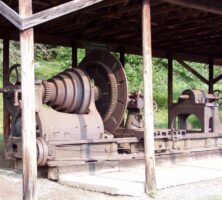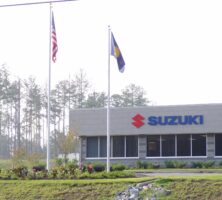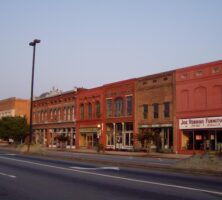Rome, the seat of Floyd County, is situated within a triangle defined by Atlanta; Birmingham, Alabama; and Chattanooga, Tennessee. Located where the confluence of the Etowah and Oostanaula rivers forms the Coosa, the city was founded in 1834 on the site of a major Cherokee settlement called Head of Coosa.
Historically, Rome’s claims to regional prominence were based on the transportation and cotton industries; today, health care and education are more important to Rome’s influence and market in both northeast Alabama and northwest Georgia.
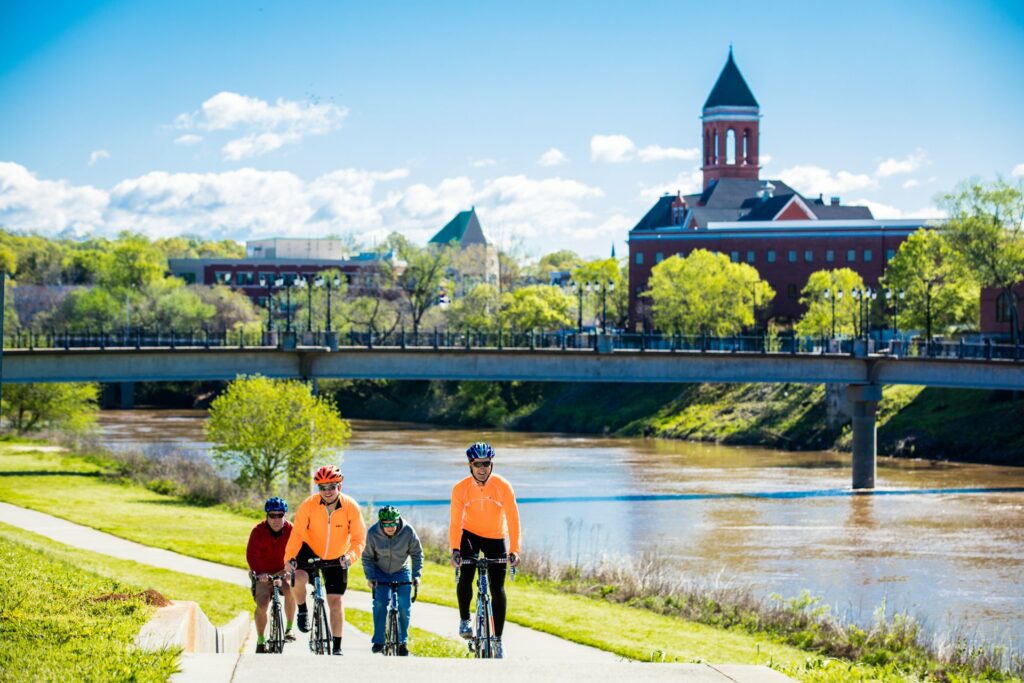
Early Years
From the Mississippian Period through the time of the Spanish explorers in the 1500s, rivers and valleys enabled the movement of people and goods between today’s Alabama and northwest Georgia. The Cherokees, who established their capital just up the Oostanaula River from Rome at New Echota, depended on these same transportation routes prior to their removal in the late 1830s. Ferries originally owned by Cherokee leaders John Ross and Major Ridge were still in operation when the first steamboat reached Rome in 1836. The steamboats docking at the south end of Broad Street, near what is still called the Cotton Block, served the region between Rome and Gadsden, Alabama. These steamboats, however, did not provide an outlet to the sea because shoals in the Coosa prevented most river transportation beyond Gadsden. In 1839 local entrepreneurs secured the charter for the Rome Railroad, which would connect Rome and the Coosa Valley to the Western and Atlantic Railroad eighteen miles away at Kingston. Numerous other lines followed. Train routes to Selma and Decatur in Alabama assured the decline of river transport.
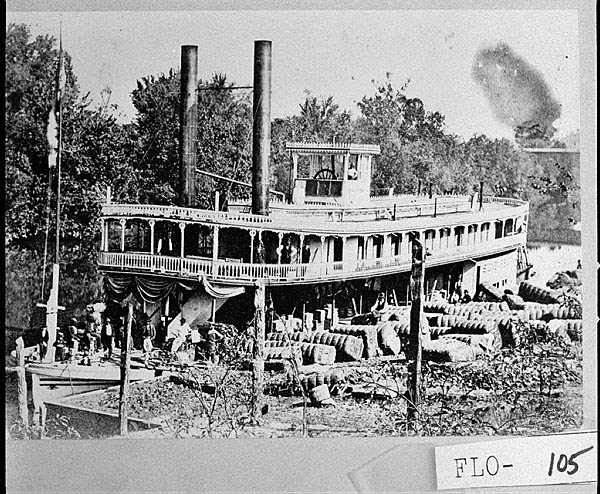
By 1913, when the lock at Mayo’s Bar below Rome opened, the riverboats were largely recreational. The lock, a section of the river in which the water level is raised or lowered to adjust the position of vessels, was operated into the 1940s. The consolidation of rail lines eventually reduced the number of railroads to one. Today the Norfolk Southern operates numerous trains per day as well as a freight yard in Rome.
The Civil War
The 1860 population of Rome consisted of 2,078 whites and 1,932 Blacks, all but 13 of whom were enslaved. Agriculture, commerce, and transportation dominated the economy, followed by a growing industrial base of lumberyards, tanneries, and foundries. One of these foundries, as well as Rome’s location, brought unwanted attention to the city during the Civil War (1861-65). James Noble Sr. and his six sons built a foundry in Rome in 1855, and by 1857 they had completed a locomotive for the Rome Railroad. General William T. Sherman’s troops, attracted by the cannons and other items manufactured by the foundry for the Confederacy, occupied Rome from May to November 1864 during the Atlanta campaign. On their way out of town the Union troops burned the Nobles’ foundry as well as many downtown buildings.

Postwar Development
Romans rebuilt rapidly and with more grandeur after the war. In 1871, led by the Nobles, the city constructed its signature landmark, the Clocktower, which served primarily as the municipal water reservoir. Cherokee Baptist Female College (later Shorter University) opened in 1873. The first city school followed ten years later. Freed African Americans settled in various neighborhoods beginning with Blossom Hill, below which emerged the Five Points business district. The first Black churches, Thankful Baptist and Metropolitan Methodist, were located nearby. The presence of a Jewish synagogue, Congregation Rodeph Sholom, and St. Mary’s Catholic Church indicated further religious diversity.
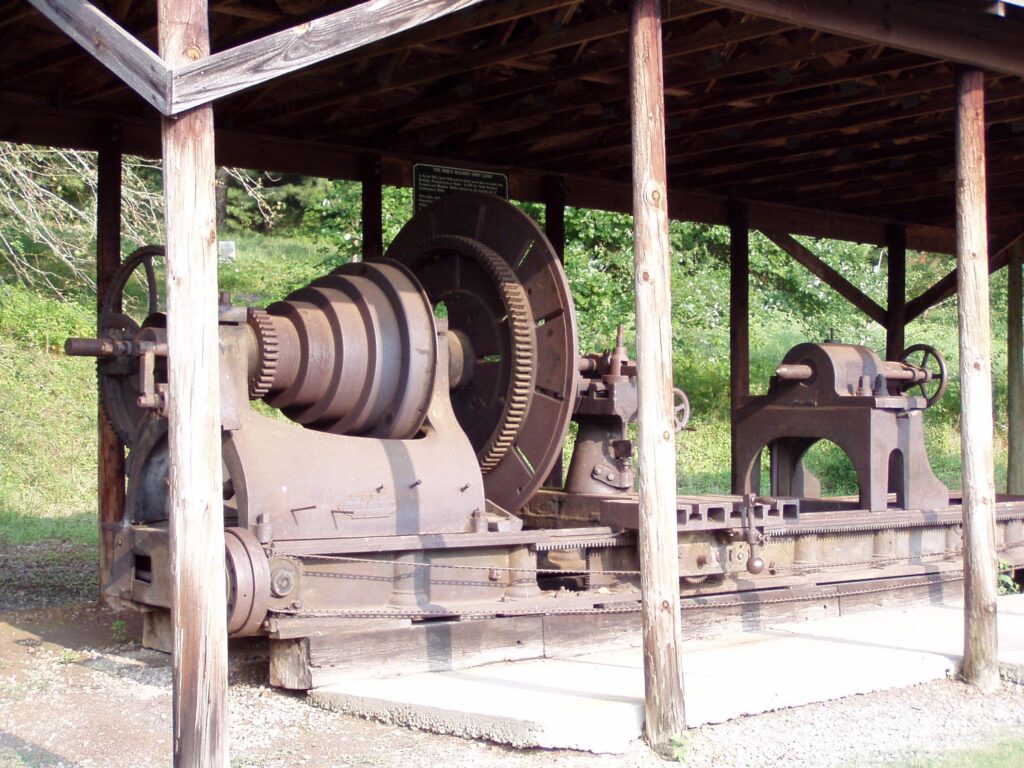
Cotton dominated post–Civil War agriculture and commerce in Rome. An era of industrial development led by the rebuilt Noble Foundry also began after the war. At least five firms at one time produced stoves in Rome, making it the stove center of the South.
Early Twentieth Century
Taking advantage of Rome’s cotton and cheap labor, the Massachusetts Cotton Mill Company built its plant at Lindale, located just south of Rome, between 1895 and 1903. The textile industry would dominate Rome’s economy for decades. In 1928 the American Chatillon Corporation, later called Celanese, brought rayon production to Rome. Celanese was the first major plant in the city to be unionized.
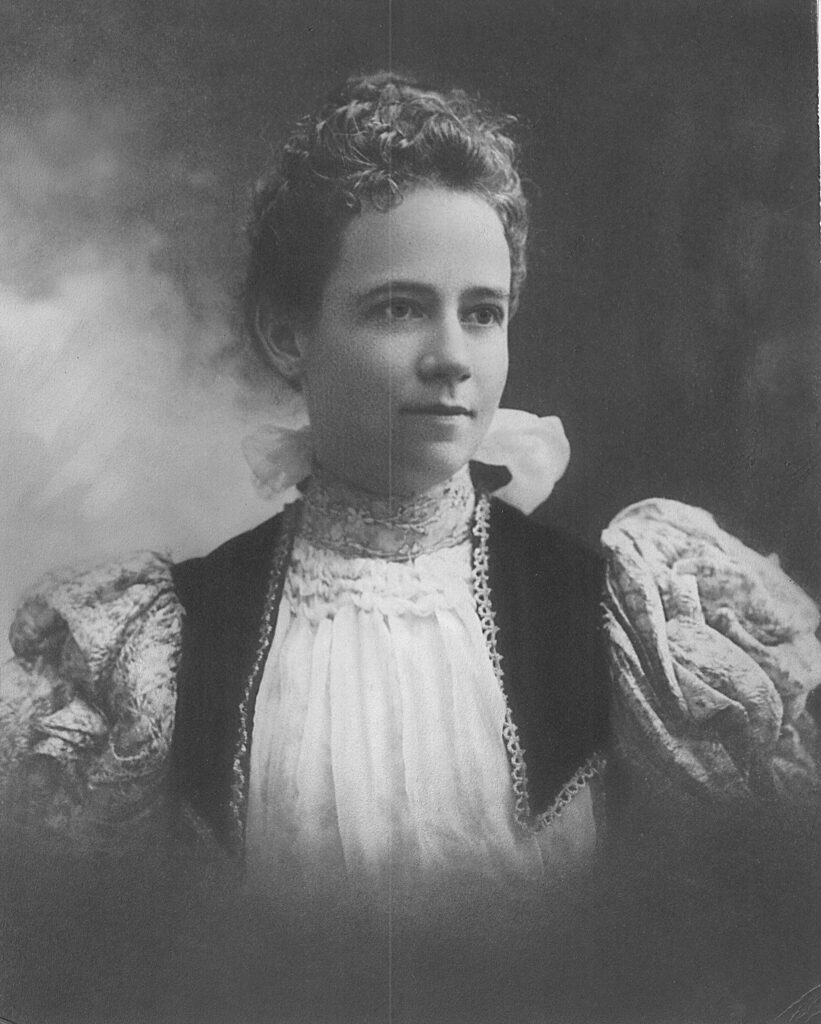
A progressive town during this period, Rome was early to adopt the professional commission-manager form of government and built a new city hall and auditorium for that government. Several of its citizens also became nationally prominent during this time. U.S. president Woodrow Wilson’s first wife, Ellen Axson, lived in Rome before her marriage. She is buried in Rome’s Myrtle Hill Cemetery. In 1902 Martha Berry founded the school that later became Berry College on an extensive campus at the northern edge of the city.
Rome became home to the United States’ “Known Soldier” of World War I in 1922. After the war’s end, U.S. president Warren G. Harding designated a known soldier killed in action as a representative of all who were lost in the war. Private Charles Graves, an eighteen-year-old private from Rome killed and originally buried in France, was selected at random. Initially, he was meant to lie at Arlington Cemetery, alongside the Tomb of the Unknown Soldier. However, his mother wanted to bury him in a local family plot. The government accommodated Mrs. Graves, and after a homecoming parade in New York City, Private Graves was buried in accordance with his mother’s wishes.
Modern Rome
Few of the old industries continue to thrive in Rome today. Only the Fairbanks Company dates from the nineteenth century. The carpet industry followed in the wake of textiles, but today both industries have declined and almost disappeared from the area. In the 1950s came General Electric, Georgia Power Company’s Plant Hammond, and Inland Rome, formerly known as Georgia Kraft and Inland Container Company. Today, General Electric lingers only for environmental cleanup. Economic diversity yields resilience, however, as the growing business in technical metals and automotive parts demonstrates. Recent additions to Rome’s manufacturing landscape include Brugg Cable and Telecom, Suzuki Manufacturing of America, and automobile-parts makers Neaton Rome and F and P Georgia. The most prominent of the new additions is the North American headquarters of Pirelli Tire.
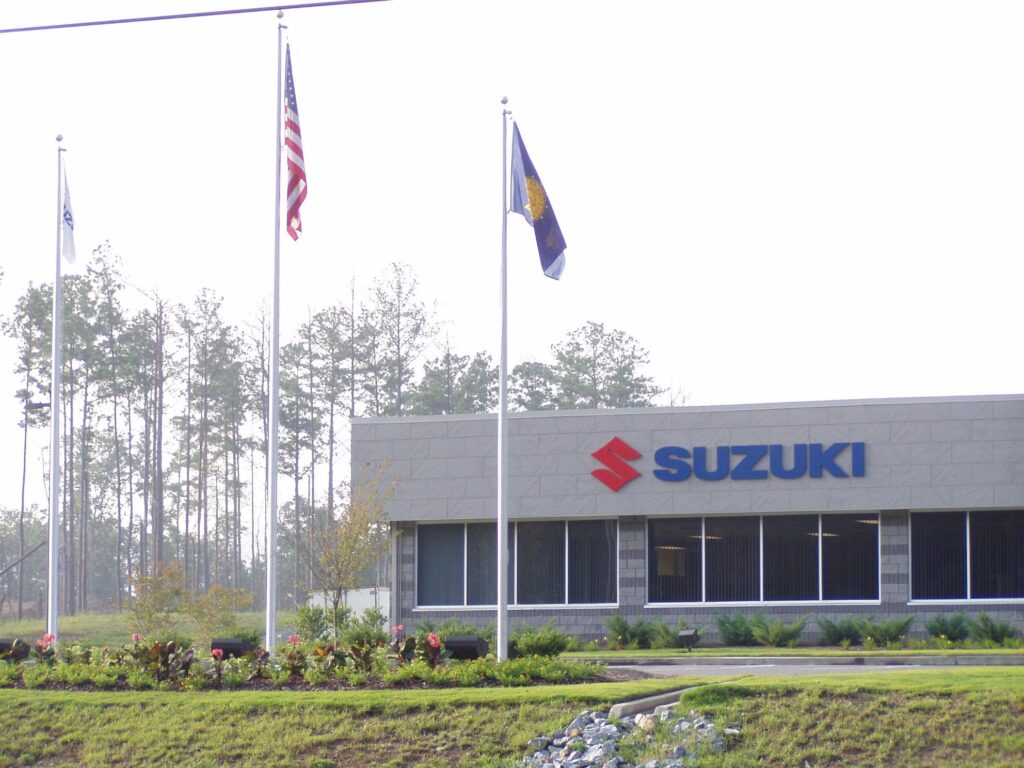
According to the 2020 U.S. census, Rome’s population was 37,713. Rome is the regional headquarters for the Department of Community Affairs; the Department of Economic Development; and the Division for Public Health. The Coosa Valley Regional Development Commission is also located in Rome. In 2003, on the basis of population and market area, Rome and Floyd County were designated as one of Georgia’s fifteen metropolitan statistical areas.
Rome has been called the most livable small city in the Southeast by the New Rating Guide to Life in America’s Small Cities (1997). It was also rated first in health care among the nation’s 193 small cities. There are three hospitals in Rome—one public, one private, and one state. The Harbin Clinic is a Rome-based multiple-specialty physicians’ group that includes more than 250 healthcare professionals. The Rome medical establishment serves a regional population estimated at more than 500,000 in two states.

Arts and Culture
In academics and the arts, Rome serves a regional population similar to that of the health care industry. The Rome city schools enroll approximately 6,200 students. Outstanding private schools include Darlington and St. Mary’s Catholic. Rome is home to two public colleges, Georgia Highlands College and Georgia Northwestern Technical College, and two private colleges, Berry and Shorter. In addition to numerous cultural offerings from the four colleges, Rome claims the oldest symphony orchestra in the South (founded in 1921). Places of interest include the Rome Little Theater, the Martha Berry Museum, the Rome Area History Museum, and the Chieftains Museum, former home of Cherokee leader Major Ridge. A replica of the famous Etruscan statue of the Capitoline Wolf stands in front of city hall in downtown Rome. It was presented to the city by the government of Italy in 1929.
Rome hosts state and regional sports tournaments at the Rome-Floyd Parks and Recreation Authority’s softball and tennis facilities and at the YMCA soccer complex. State Mutual Stadium, which was completed in time for the 2003 baseball season, is home to the Atlanta Braves’ Class A farm team, the Rome Braves.
When downtown Rome experienced the flight of major retail stores to malls, the remaining business and property owners joined forces in an organization called PRIDE and in a downtown development authority to preserve and reshape the center of the community. Rome became one of the earliest Main Street Cities in Georgia, and downtown Rome’s success in building a future on the foundations of the past was nationally recognized in 2003 with its receipt of a Great American Main Street Award from the National Trust for Historic Preservation.
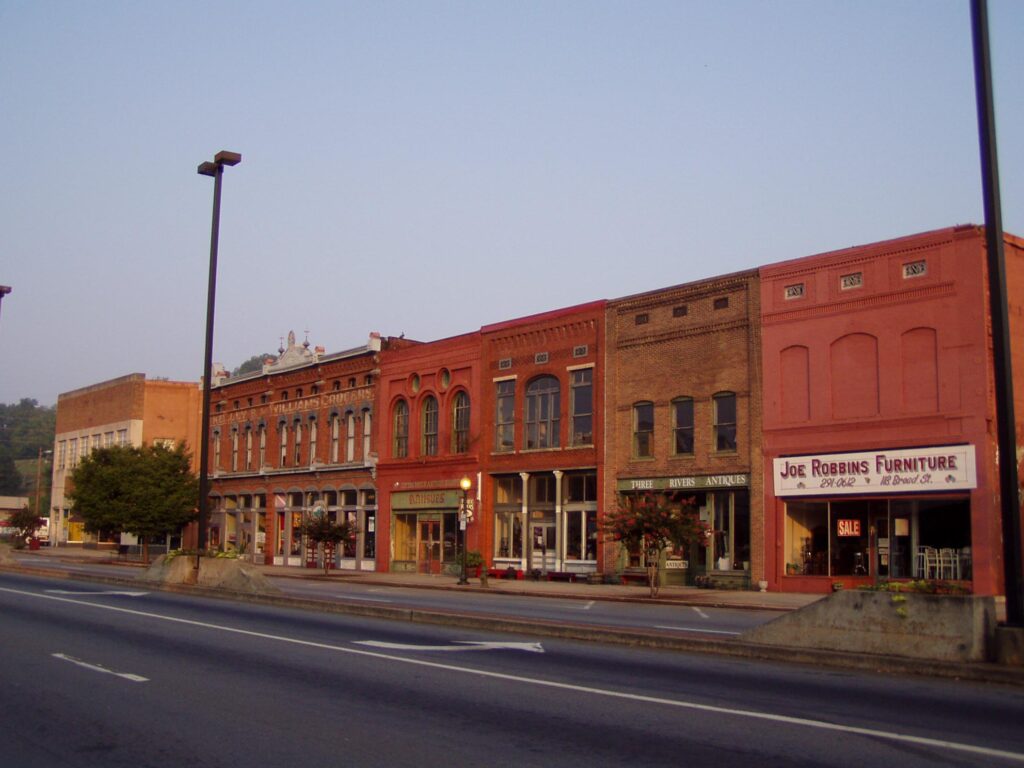
Rome remains a geographically and culturally distinct city. Although its life and growth are slower than that of much of the area around it, Rome’s growth has been steady, and the city’s prosperity, quality of life, and distinctive identity are likely to be maintained for the foreseeable future.














